When I first went natural, I became obsessed with the natural hair chart and was determined to figure out where my hair fit.
I spent the first 2 months of my transition, watching YouTubers who had hair I admired. I remember studying their product stash and bought many of the same creams, lotions and potions, hoping to achieve a similar look.
But I quickly learned the chart is not as useful as many people make it out to be.
Here’s The Problem
First, the chart encourages women to set goals that are unattainable. You have new naturals out here spending excess amounts of money on products trying to go from 4c to 3b.
How your hair looks when it’s dry with no product, is your hair’s default. In other words, that’s what it wants to do naturally, no matter how hard you fight it.
So you may be able to elongate your curls temporarily with gels, twists and other products, but your hair will eventually revert to its default.
Second, it doesn’t really cover other unique characteristics of the hair. For example, my curls are S shaped when wet, so I would fall in the 4A category, but my texture is more cottony and frizzy.
Many women use the typing chart for product recommendations. So if a certain YouTuber declares they have 4A hair, the viewer often assumes products will behave the same on their head because they have the same hair type.
However, if one person’s 4A curls are more shiny and another person’s hair is more dense and cottony, products will react differently.
Natural hair is so incredibly unique. It’s rare to find people who have the EXACT same hair. The chart only tells part of the story.
4A/4B Hair Comparison
Here’s my 4A/4B hair with no product (naked) and mostly dry. Other than my bangs and crown (which have no real pattern), my hair is mostly 4A and 4B (zig zags and S curls that are tightly compact.)
It may not look like it in this picture (bad lighting), but I have very tight S curls… especially in the back.
Here’s another natural with naked 4A/4B hair and no product.
She has S curls too, but hers are much more clumped, defined and less frizzy than mine when her hair is “naked.” So right away I can tell that her hair is going to hold a wash and go style a lot longer because her naked curls are more defined.
So the chart doesn’t take into account things like this. There are so many different types of hair textures within the same type.
Now here’s my 4A / 4B hair with gel using a wash and go (details here).
See how different it looks with a defining product? My curls are really poppin’ out here so you can see the natural S pattern.
My point is you cannot use the chart to compare or estimate how your hair will behave with certain products. Not all hair that is classified in the same category reacts the same for many different reasons.
And last but not least, the chart creates division and reinforces “class” within natural hair. 4C is often seen as the more undesirable, less preferred hair type, while anything in the 3 to 4A category is often referred to as more beautiful.
All natural hair is beautiful, no matter the curl shape.
Use The Hair Chart as a Guide — ONLY!
If you are curious about where your hair falls on the chart, that’s fine. There’s nothing wrong with using it as a reference point. For example, a friend was telling me about someone’s natural hair, and she mentioned she had 4B hair.
That gave me a point of reference for the conversation. That’s where I believe it can be useful.
Just don’t become obsessed with changing your hair to something that it is not, and it doesn’t mean that you can use the same products as someone with a similar classification.
Not only does the chart ignore things like texture, density, etc. but many people classify their hair incorrectly — which makes comparing results almost pointless.
The Bottom Line
Use the chart as a guide and remember you cannot change your hair texture. Yes, you can alter it temporarily through twists and braids (stretches hair) or gels, but in the end your hair wants to do what it does naturally.
And again, the best way to determine what your hair does naturally is to shampoo it and let it dry with no product.
Embrace YOUR unique, beautiful hair and find out what YOUR hair likes. Don’t get too caught up in some chart that is incomplete and somewhat flawed.
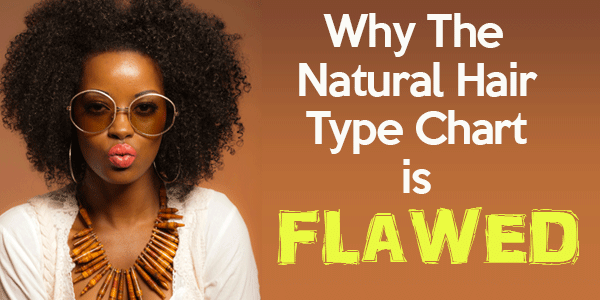

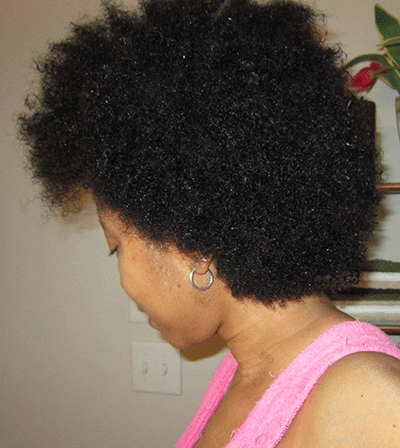
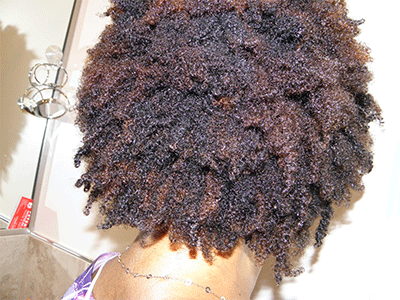
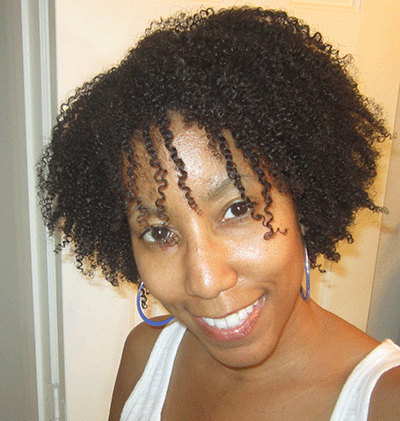
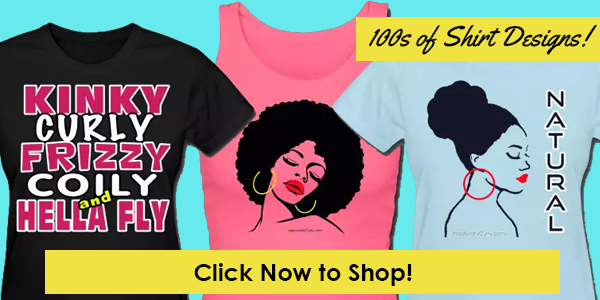

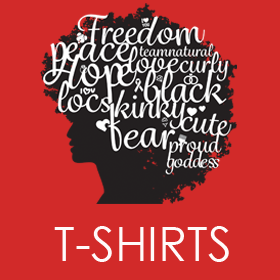

I know this is an old post but the conversation about natural hair still continues ( it’s 2021) . We have a huge variety of textures in the black community and they haven’t all been properly and scientifically researched.
4c hair is not coiled ALL the way from scalp to tip, so Andre Walker’s chart is not accurate. The tip of the hair is coily and tangles (maybe about a third of it) but about 2 thirds of it from the scalp -is more stretched out)
Having said that, that might not even be representative of all so called 4c hair, speaking from the perspective of a Southern African.
We’d need dedicated Scientists to traverse the Americas, North, to South, West to East Africa as well as the Melanesian islands to get a better picture of the black hair types. Our hair is as diverse as our genes.
Love the article! I agree 100% with using the chart as a guide! when i 1st went natural i struggled the 2st 4 months with attempting to replicate other naturals hair patterns who now knowing had an entirely different pattern than mine..needless to say i was overwhelmed. I knew nothing about natural hair at that time, and didn’t even know there was a hair chart!
Once I came across that though i quickly found out what my hair needed rather than how i wanted it look 1st..what a difference! I thank the hair chart for helping aid in identifying my hair type ( 3c,4a,4b) and since…my hair has never been more healthier! And for me , that equals beauty.
Great article! Thank you! I’ve had natural hair for at least 3 years and I’ve been trying to replicate some of the natural styles I’ve seen online but with not much success. According to the natural hair grade charts, my wet hair is a 3c however, there are several areas that don’t really curl at all when wet, maybe a 2a. I’ve also tried a few of the hair products that were recommended with these natural styles. I’m sure it takes a lot of trial and error but hopefully I will be able to find the right style and hair product for my hair very soon. Thanks again for your insight!
I appreciate this article. I was trying to figure out if there was anyone on the planet with my hair type, since the charts never seem to have a model that resembles my hair. My hair looks exceptionally frizzy and dense when “naked” but upon closer inspection I have nearly all loose S waves and no actual curls. Curl defining products only work when you have actual curls to define, so I’m always at a loss for styles that compliment my hair. I feel that there should be sub groups or a different classification system altogether.
I’m glad to know that I’m not the only one that has issues with this chart.
I want to thank you for your honest comments. I have been attempting to go natural. I had a stylist that I was working with to keep my ends clipped but he got sick and moved away so now I need a backup plan so I googled transition from relaxed to natural hair and clicked on your webpage. I am glad that I did. Thank you.
You’re welcome Pamela! Good luck!!